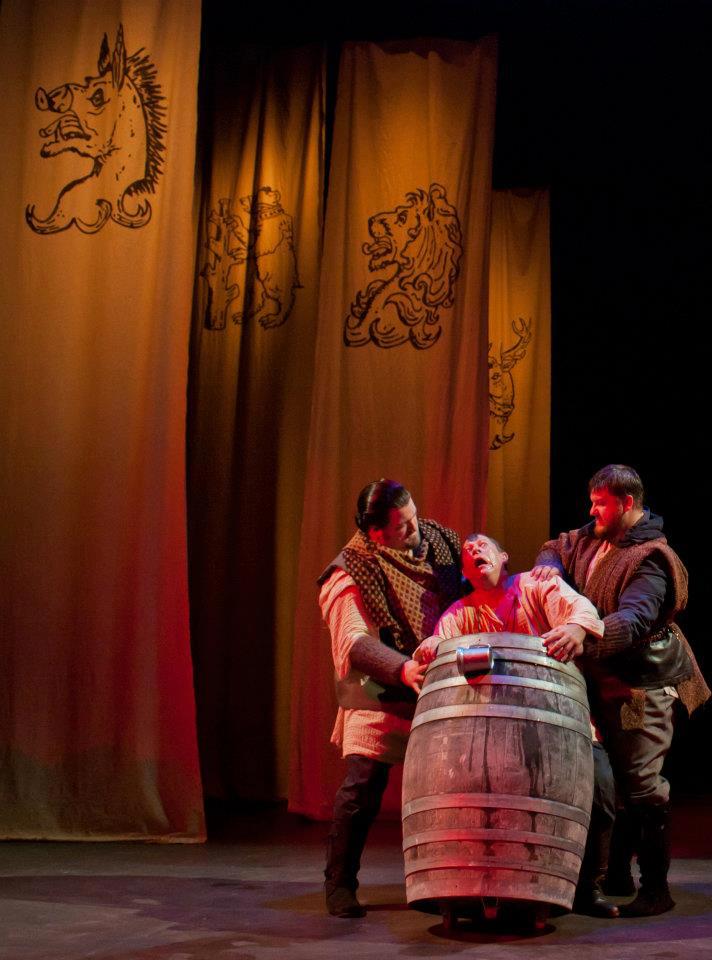It’s a big thing in entertainment to shock your audience. TV trolls us with teasers all the time: “You won’t believe the shocking twist!” “The last five minutes will shock you!”
There’s value in shock. It feels good, as an artist, to make people gasp and sit a little taller in their seats, or lean forward. I truly enjoy hearing from readers who want to curse at me for twists in my novels. It’s just as fun to have an audience leave the theatre complaining or arguing about how they’re shocked. It’s one of the things I admire about Bob Falls at the Goodman – his ability to shock. I remember watching the final moments of his Measure For Measure a couple years back and laughing myself sick at the stunned gasps around me.
But the best thing about Bob’s use of shock and awe is his restraint. He is judicial. He knows that not every play he directs needs a “shocking” moment. He knows too that to have a proper shock, the audience first needs to be invested in the story and the characters. Without that, the shock is meaningless.
It’s a lesson that needs to be learned by more and more directors and writers, across the spectrum of entertainment. If your concept is a shocking moment, shelve the project until you have a story to go with it.
Let’s call this M. Night Shyamalan Syndrome – when you build your story around a “surprise”, whether it’s surprising or not. He had so much success with The Sixth Sense, and again with my favorite of his films, Unbreakable, for their great twists at the end, it became his party trick. It became a marketing ploy, a tool. But if you tell me I’m going to be surprised, how can it still be a surprise? If everything you do is try to shock me, then all I’m doing is trying to figure out what the shock is going to be. And I stop following the story.
Worse, once you’ve established your need to shock, you’ve got to top yourself. And there’s only so far you can go before you enter the realm of self-parody.
It should be no surprise that the best surprises come out of the story, out of characters we’re invested in. The Red Wedding is a fantastic example. The Crying Game. My god, the end of A Pawn In Frankincense. All of these work because the story isn’t depending on them as a crutch. Rather, they’re the payoff to our investment. They’re not a gimmick, or a replacement for real storytelling.
This goes for “shocking” concepts, too. Don’t aim to hit me with a stunning hammer, don’t beat me over the head with a message in your choice of setting for a classic show. If you’re doing Shakespeare, choose a setting that comes out of the text, and doesn’t change the nature of the play, but rather illuminates it.
Which brings us back to Do. In this case, Do focus on the story. Don’t focus on the shock. If you want to make your audience squirm or jolt in their seats, earn it. Or else the shock is all they’ll remember.
Shocks just aren’t shocking any more. What’s shocking today is a well-told story.
(Photo from the Michigan Shakespeare Festival's 2012 production of Richard III, directed by Janice L Blixt.Visit www.michiganshakespearefestival.com for more information)
Follow David on Facebook here.


